Feel that chill in the air? It can only mean one thing – Halloween is here! Time for ghoulish decorations to line the streets, in the company of pumpkins carved with impish grins. But did you know that scary costumes and trick-or-treating aren’t the only Halloween traditions around the world? In fact, Halloween calls for rather some rather strange traditions outside of the U.S!
So let’s check out some of the surprising things that people around the world do during the scariest time of the year!
Hong Kong: The Hungry Ghost Festival
In Hong Kong, China, and other parts of Asia, a celebration known as “Yue Lan” or the “Festival of the Hungry Ghosts” happens on the 15th of the seventh lunar month (around mid-August or mid-September).
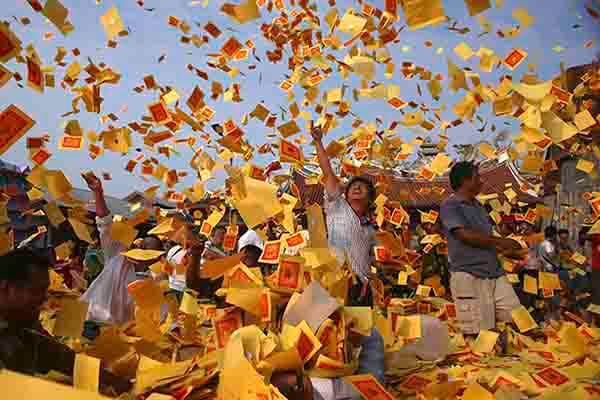
Source: asianavemag.com
The Chinese burn pictures of fruit or money during this time, believing that this would bring comfort to the departed, and pacify potentially vengeful ghosts.
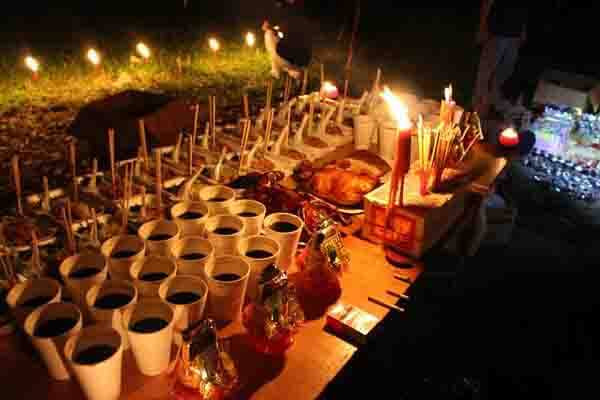
Source: forums.hardwarezone.com.sg
United Kingdom: Guy Fawkes Day
On the evening of November 5, effigies are burned all over England. Youngsters set off fireworks and light bonfires. You see, while their Scottish and Irish neighbors are busy celebrating Halloween, the English commemorate Guy Fawkes Day.
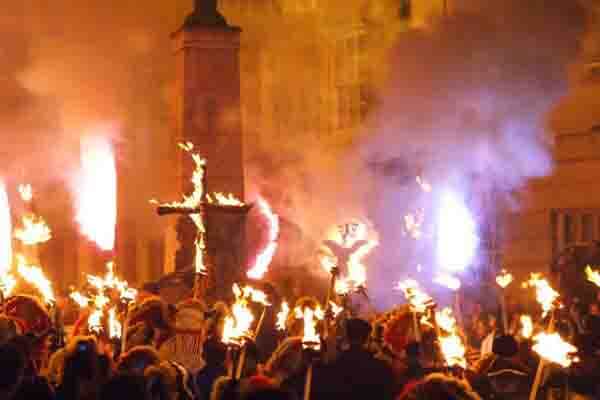
Source: geograph.org.uk
Guy Fawkes was a notorious traitor who plotted to kill King James I. In celebration of his foiled plans, the English lit bonfires all over London. It later became a tradition which has continued to live on.

Source: britwordaday.com
Germany: Putting knives away for Halloween
Germans have made it a custom to put their knives away on Halloween night. This is to prevent malicious spirits from harming them. Well, better safe than sorry, right?

Source: i-words.org
Italy: Ognissanti
In Italy, November 1, a.k.a. “Ognissanti”, is a National Holiday. Thousands of families flock to the graves of their loved ones with chrysanthemums. The flowers are a symbol of goodness, joy, and prosperity.

Source: eyeitalia.com
Poland: Dzień Zaduszny
Zaduszki celebrations start on All Saints’ Day (November 1) and go on till the Day of the Dead (November 2). Candles light up cemeteries across Poland at this time.

Source: parafia.lutoryz.pl
The Polish believe that during the days of Zaduszki, the spirits of the deceased visit their old homes and stand near the windows or by the left side of the door. Before they return to the Otherworld, the souls are also believed to go to church to attend a special Mass conducted by a dead priest’s soul.

Source: ilovepoland.net
Mexico: Dia De Los Muertos
Mexico and certain parts of Latin America are known to celebrate Dia De Los Muertos (Day of the Dead) on November 1 and 2. They believe that the souls of the departed come down from heaven to join their loved ones during Dia de Los Muertos.
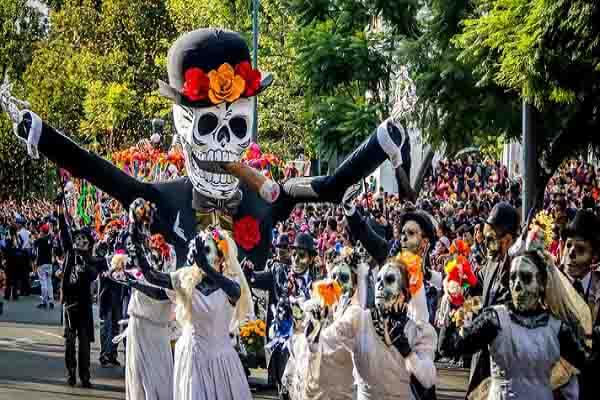
Source: monipag.com
Plans for Dia De Los Muertos are made throughout the year. Everything from food, to toys, to even alcoholic beverages, are offered for the departed. Other festivities include street dancing and decorations dedicated to the goddess La Calavera Catrina.
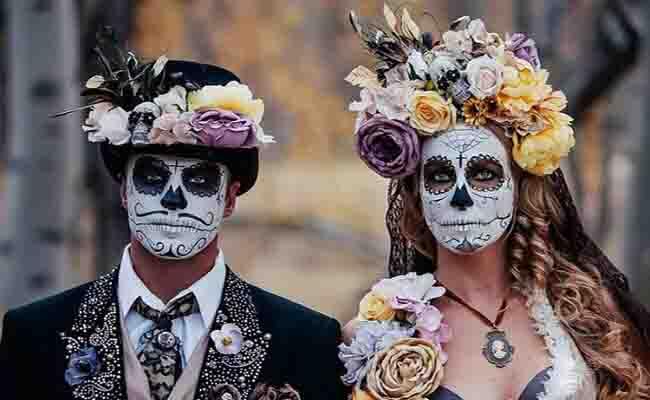
Source: @CultureTrip
Scotland and Ireland: Samhain
Ireland is considered to be the birthplace of Halloween. The holiday is strongly believed to have originated from a Gaelic festival called Samhain. The Scottish and the Irish celebrate Samhain from October 31 to November 1.
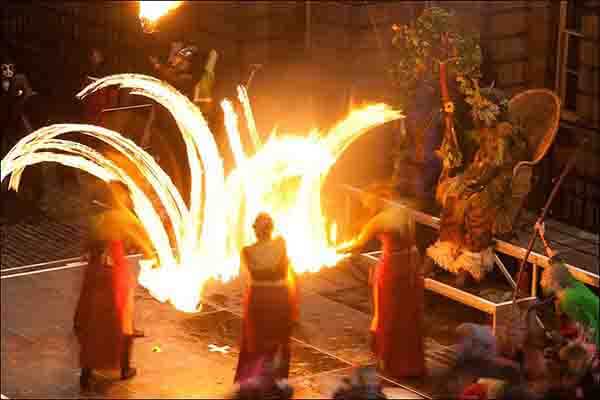
Source: armchair-travel.com
Pagans from Scotland and Ireland are known to commemorate Samhain. It has also become a traditional holiday in both countries, with fairs, parties, and special markets marking the festivities.
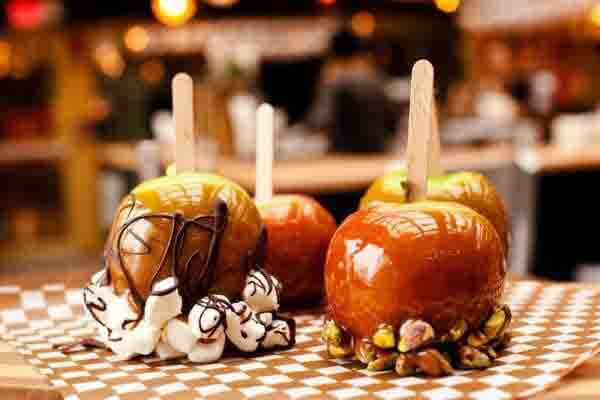
Source: ebaumsworld.com
Cambodia: Pchum Ben
Pchum Ben is a 15-day festival that is observed every October in Cambodia. This is a time when Cambodians pay their respects to deceased relatives going as far back as 7 generations.

Source: grantourismotravels.com
During Pchum Ben, monks chant scriptures overnight to prepare for the opening of the gates of hell, an event that they believe occurs once a year. Cambodians also prepare meals to “feed” the departed, a practice that is similar to the Hungry Ghost Festival.

Source: pkocambodia.org
India: Pitri Paksha
Pitri Paksha is a 16-lunar day period in the Hindu calendar. Traditions include offerings of food cooked in silver vessels and served on banana leaves. The traditional menu comprises of kheer (a dessert made of sweet rice and milk), lapsi (a sweet porridge made of wheat grains), rice, lentils, spring beans, and pumpkins.

Source: freepressjournal.in
Nigeria: Awuru Odo Festival
Unlike the annual festivals in this list, Awuru Odo happens once every two years. It marks the return of the dearly departed loved ones to the land of the living. Nigerians commemorate the six-month celebrations through feasts, music, and masks.

Source: msn.com
So how about that for a Halloween trip around the world? Interesting to see how everyone celebrates the holiday differently.



